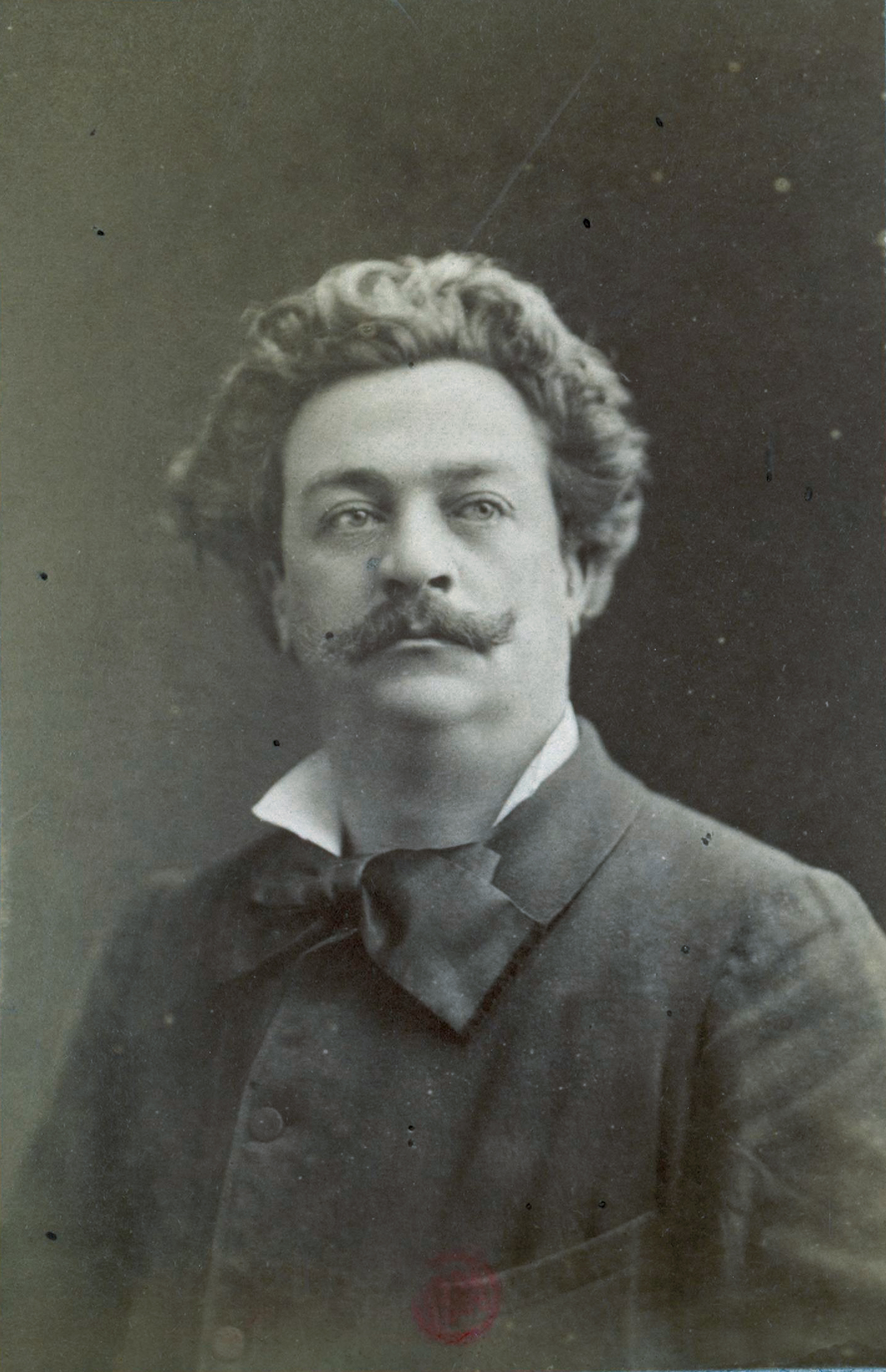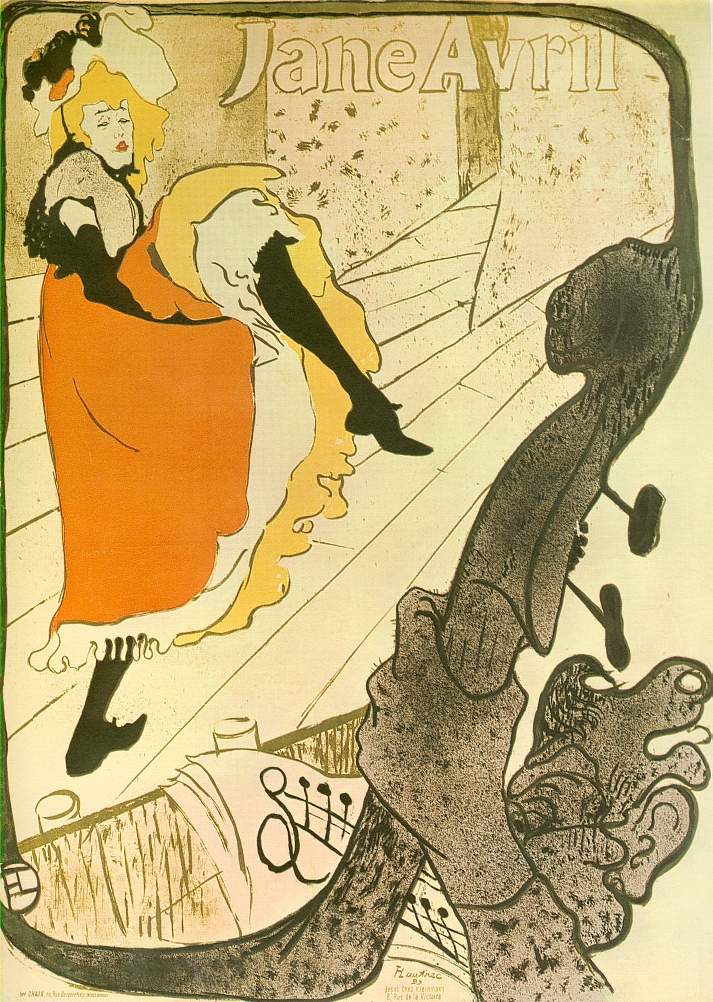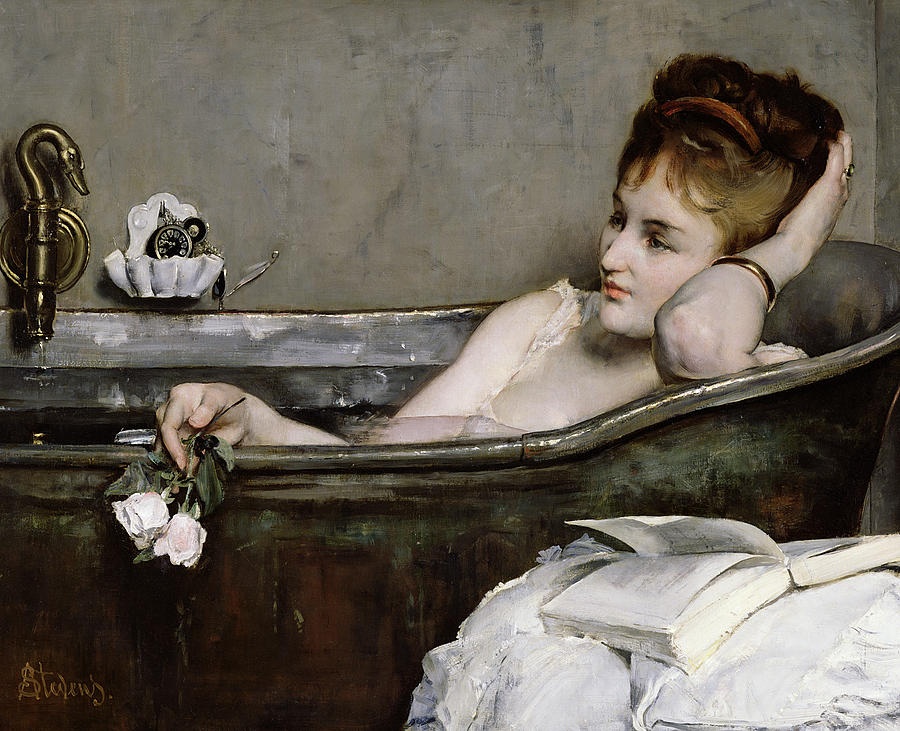|
Le Chat Noir
Le Chat Noir (; French for "The Black Cat") was a nineteenth-century entertainment establishment, in the bohemian Montmartre district of Paris. It was opened on 18 November 1881 at 84 Boulevard de Rochechouart by the impresario Rodolphe Salis, and closed in 1897 not long after Salis' death. ''Le Chat Noir'' is thought to be the first modern cabaret: a nightclub where the patrons sat at tables and drank alcoholic beverages while being entertained by a variety show on stage. The acts were introduced by a master of ceremonies who interacted with well-known patrons at the tables. Its imitators have included cabarets from St. Petersburg (''Stray Dog Café'') to Barcelona ('' Els Quatre Gats'') to London's '' Cave of the Golden Calf''. In its heyday it was a bustling nightclub that was part artist salon, part rowdy music hall. From 1882 to 1895 the cabaret published a weekly magazine with the same name, featuring literary writings, news from the cabaret and Montmartre, poetry, and ... [...More Info...] [...Related Items...] OR: [Wikipedia] [Google] [Baidu] |
Ămile Cohl
Ămile EugĂšne Jean Louis Cohl (; nĂ© Courtet; 4 January 1857 â 20 January 1938) was a French caricaturist of the largely forgotten Incoherents, Incoherent Movement, cartoonist, and animator, called "The Father of the Animated Cartoon" and "The Oldest Parisian". Biography Ămile's father, Elie, was a rubber salesman, and his mother, Emilie Laure, a linen seamstress. The rubber factory Elie worked for had many ups and downs, causing the family to move from one home in Paris to another. Early years Ămile saw little of his father during his childhood, and lived with his ailing mother until her death in 1863. In 1864, at the age of 7, he was enrolled at the Ecole professionnelle de Pantin, a boarding school known as the Institute Vaudron after its founder. There his artistic talents were discovered and encouraged. The next year, a cold kept him confined in his father's apartment, where he began stamp collecting, a hobby that would become his sole source of income several time ... [...More Info...] [...Related Items...] OR: [Wikipedia] [Google] [Baidu] |
André Gill
AndrĂ© Gill (17 October 1840 â 1 May 1885) was a French caricaturist. Born Louis-Alexandre Gosset de GuĂźnes at Paris, the son of the Comte de GuĂźnes and Sylvie-Adeline Gosset, Gill studied at the Royal Academy of Painting and Sculpture. He adopted the pseudonym ''AndrĂ© Gill'' in homage to his hero, James Gillray. Gill began illustrating for '' Le Journal Amusant'', but he became known for his work for the weekly four-sheet newspaper ''La Lune'', edited by Francis Polo, in which he drew portraits for a series entitled ''The Man of the Day''. He worked for ''La Lune'' from 1865 to 1868. When ''La Lune'' was banned, he worked for the periodical '' L'Ăclipse'' from 1868 to 1876. Gill also drew for famous periodical ''Le Charivari''. Caricatures Gill's style, subsequently much imitated, was noted for the enlargement of his subjects' heads, which sat upon undersized bodies. His caricatures, in the form of large hand-colored, lithographic portraits, were considered very acc ... [...More Info...] [...Related Items...] OR: [Wikipedia] [Google] [Baidu] |
Caran D'Ache
Caran d'Ache was the pseudonym of the 19th century French satirist and political cartoonist Emmanuel PoirĂ© (6 November 1858 – 25 February 1909). The pseudonym comes from russian: ĐșĐ°ŃĐ°ĐœĐŽĐ°Ń, italic=unset, translit=karandash meaning "pencil" in Turkic languages. While his first work glorified the Napoleonic era, he went on to create "stories without words" and as a contributor to newspapers such as the ''Le Figaro'', he is sometimes hailed as one of the precursors of comic strips. The Swiss art products company Caran d'Ache is named after him. Biography Born in Moscow, 6 November 1858, he was the grandson of an Officer-Grenadier in Napoleon's Grande ArmĂ©e who, wounded during the Battle of Borodino, had stayed behind in Russia. After his grandfather's death he was adopted by a Polish family whose daughter he later married. In 1877 Caran d'Ache emigrated to France where he took French citizenship and joined the Army for five years where he was assigned to desi ... [...More Info...] [...Related Items...] OR: [Wikipedia] [Google] [Baidu] |
Adolphe Willette
Adolphe LĂ©on Willette (30 July 1857, ChĂąlons-sur-Marne4 February 1926, Paris) was a French Painting, painter, illustrator, caricaturist, and lithographer, as well as an architect of the famous Moulin Rouge cabaret. Willette ran as an "antisemitism, anti-semitic" candidate in the 9th arrondissement of Paris for the September 1889 legislative elections. Biography Willette studied for four years at the Ăcole des Beaux-Arts under Alexandre Cabanel. His graphical work ranged from dainty triviality or political satire: he made Pierrot an imaginary hero of France, and established Mimi Pinson as frail, lovable, and essentially good-hearted. He could also be bitter and fierce, a partisan of political ideas. The guillotine and the figure of Death appear in his caricatures. At the time of the Dreyfus affair he was an ''anti-dreyfusard''; with Jean-Louis Forain, he moved to the political right. Works The artist was a prolific contributor to the French illustrated press under the pseudon ... [...More Info...] [...Related Items...] OR: [Wikipedia] [Google] [Baidu] |
Franc-Nohain
Maurice Ătienne Legrand, who published under the pseudonym Franc-Nohain (; 25 October 187218 October 1934), was a French librettist and poet. He is best known for his libretti for Maurice Ravel's opera ''L'heure espagnole'' and for numerous operettas by Claude Terrasse. Life Maurice Ătienne Legrand was born in 1872 in Corbigny; his father was an overseer-agent. He attended the LycĂ©e Janson de Sailly. In the late 1880s he contributed poems to the literary magazine ''Potache-Revue'' (''potache'' being slang for 'schoolkid'), along with AndrĂ© Gide, LĂ©on Blum, Pierre LouĂżs, Maurice Quillot and others. Later, he published in the journal ''Le Chat noir''. He also founded ''Le Canard sauvage'' and became the editor of ''L'Ăcho de Paris''. He also became a lawyer and deputy prefect. His literary pseudonym ''Franc-Nohain'' was derived from the Nohain river, where he had spent many happy hours as a child. With Alfred Jarry and Claude Terrasse he co-founded the ThĂ©atre des P ... [...More Info...] [...Related Items...] OR: [Wikipedia] [Google] [Baidu] |
Jane Avril
Jane Avril (9 June 186817 January 1943) was a French can-can dancer made famous by Henri de Toulouse-Lautrec through his paintings. Extremely thin, "given to jerky movements and sudden contortions", she was nicknamed ''La MĂ©linite'', after an explosive. Biography She was born Jeanne Louise Beaudon on 9June 1868 in Belleville, in the 20th arrondissement of Paris (though her biographer, Jose Shercliffâwhose account of the dancer's life is highly romanticisedâemployed the surname âRichepinâ in her publication). Her mother LĂ©ontine Clarisse Beaudon was a prostitute who was known as "La Belle Ălise", and her father was an Italian aristocrat named Luigi de Font who separated from her mother when Avril was two years old. Avril was raised by her grandparents in the countryside until her mother took her back with the intent of turning her into a prostitute. Living in poverty and abused by her alcoholic mother, she ran away from home as a teenager, and was eventually admitt ... [...More Info...] [...Related Items...] OR: [Wikipedia] [Google] [Baidu] |
Shadow Play
Shadow play, also known as shadow puppetry, is an ancient form of storytelling and entertainment which uses flat articulated cut-out figures (shadow puppets) which are held between a source of light and a translucent screen or scrim. The cut-out shapes of the puppets sometimes include translucent color or other types of detailing. Various effects can be achieved by moving both the puppets and the light source. A talented puppeteer can make the figures appear to walk, dance, fight, nod and laugh. Shadow play is popular in various cultures, among both children and adults in many countries around the world. More than 20 countries are known to have shadow show troupes. Shadow play is an old tradition and it has a long history in Southeast Asia, especially in Indonesia, Malaysia, Thailand, and Cambodia. It has been an ancient art and a living folk tradition in China, India, Iran and Nepal. It is also known in Egypt, Turkey, Syria, Greece, Germany, France, and the United States. His ... [...More Info...] [...Related Items...] OR: [Wikipedia] [Google] [Baidu] |
Incoherents
The Incoherents (''Les Arts incohĂ©rents'') was a short-lived French art movement founded by Parisian writer and publisher Jules LĂ©vy(French) (1857â1935) in 1882, which in its satirical irreverence, anticipated many of the art techniques and attitudes later associated with the avant-garde and anti-art movements such as Dada. LĂ©vy coined the phrase ''les arts incohĂ©rents'' as a play on the term ''les arts dĂ©coratifs'' (i.e. arts & crafts, but above all, a famous art school in Paris, the National School of Decorative Arts). The Incoherents presented work which was deliberately irrational and iconoclastic, used found objects, was nonsensical, included humoristic sketches, drawings by children, and drawings "made by people who don't know how to draw". LĂ©vy exhibited an all-black painting by poet Paul Bilhaud called ''Combat de NĂšgres dans un Tunnel'' (Negroes Fight in a Tunnel). The early film animator Ămile Cohl contributed photographs which would later be called surrea ... [...More Info...] [...Related Items...] OR: [Wikipedia] [Google] [Baidu] |
Alfred Stevens (painter)
Alfred Ămile LĂ©opold Stevens (11 May 182324 August 1906) was a Belgian painter, known for his paintings of elegant modern women. In their realistic style and careful finish, his works reveal the influence of 17th-century Dutch genre painting. After gaining attention early in his career with a social realist painting depicting the plight of poor vagrants, he achieved great critical and popular success with his scenes of upper-middle class Parisian life. He tended to use the same models over and over again, and not all of them were aristocratic. "At least three of his frequent models can be identified in the infamous Book of the Courtesans, a top secret leather bound book containing the surveillance files of the Paris vice squad," writes author SummeBrennan Family background Stevens was born in Brussels. He came from a family involved with the visual arts: his older brother Joseph (1816â1892) and his son LĂ©opold (1866â1935) were painters, while another brother Arthur (1825â ... [...More Info...] [...Related Items...] OR: [Wikipedia] [Google] [Baidu] |
Rive Gauche (Paris)
The Rive Gauche (, ''Left Bank'') is the southern bank of the river Seine in Paris. Here the river flows roughly westward, cutting the city in two parts. When facing downstream, the southern bank is to the left, and the northern bank (or ''Rive Droite'') is to the right. The Left Bank is associated with artists, writers, and philosophers, including Colette, Margaret Anderson, Djuna Barnes, Natalie Barney, Sylvia Beach, Erik Satie, Kay Boyle, Bryher, Caresse Crosby, Nancy Cunard, Hilda Doolittle (H.D.), Janet Flanner, Jane Heap, Maria Jolas, Mina Loy, Henry Miller, Adrienne Monnier, AnaĂŻs Nin, Jean Rhys, Gertrude Stein, Alice B. Toklas, Renee Vivien, Edith Wharton Pablo Picasso, Arthur Rimbaud, Paul Verlaine, Henri Matisse, Jean-Paul Sartre, Ernest Hemingway, F. Scott Fitzgerald, James Baldwin, and dozens of other members of the great artistic community at Montparnasse. The phrase implies a sense of bohemianism, counterculture, and creativity. Some of its famous streets are ... [...More Info...] [...Related Items...] OR: [Wikipedia] [Google] [Baidu] |




.jpg)



